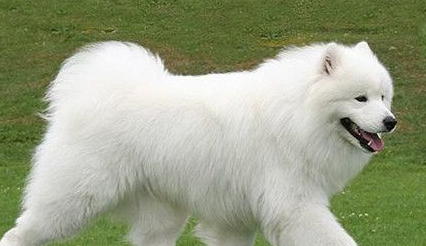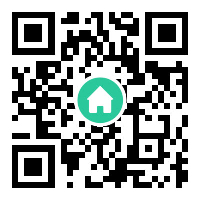How to Train a Samoyed? Due to its alert, strong, flexible, beautiful, and noble image, more and more people now like to keep a lovely Samoyed as their pet. However, to have an obedient and well-behaved Samoyed requires training. So next, I will introduce to you how to raise a Samoyed and how to train it.

How to Train a Samoyed? Choose to Train During Meals.
What is a Samoyed?
The Samoyed is a dog breed cultivated by the Samoyed people, the original inhabitants of Siberia. Alert, strong, flexible, beautiful, noble and elegant, and cute. It has a very eye-catching appearance and a strong physique. It has the title of "smiling angel" and is also known as having a "smiling angel face and a naughty devil heart." Before one year old, it is naughty and lively.
The color of the Samoyed is white; some have very light tan, cheese color, and light tan. In addition, other colors are disqualifications. There was once a grayish-white Samoyed in the world. The FCI recognizes it as a retrograde Samoyed with purebred Samoyed genes. Black Samoyeds are extremely rare.
Living Habits of Samoyeds:
Samoyeds naturally like to live in groups. In the endless snowy expanse, there is always a leading Samoyed leading a group and dominating and governing them. The leadership status of a Samoyed is usually indicated by the following specific actions: such as allowing oneself but not allowing the other party to check the genitals of other Samoyeds, and not allowing the other party to urinate in a place where another Samoyed has urinated. The other party can shake its head, wag its tail, be naughty, sit or lie down in front of the leader, and can stand up only when the leader leaves. After the hierarchical advantage is clear, the hostile state disappears and they begin to become friends. Therefore, the owner should establish the image of the leader and not be overly indulgent, so that the Samoyed thinks it is the top dog. Samoyeds have a strong sense of territory and are used to marking their "territory" with urine. In its territory, it can be very proud, but once it arrives in a strange place, especially a place with a strong smell of dogs and cats, it loses its courage. This is often seen when it approaches an animal hospital. It refuses to move forward desperately, or trembles, and even salivates nervously. So it often takes itself as the center, marks the territory with its own smell, and updates it frequently. A piece of territory can only belong to one or two Samoyeds or the entire dog group.
How to Train a Samoyed?
First, we need to observe when the dog shows a squatting action: This determines when you train the Samoyed. For example, when I train my dog, I observe that it always sits and waits for food when we eat. So I choose to train during meals. You also need to find out when it likes to squat and then plan the training.
Prepare rewarding food: Generally, trainers have special food to reward dogs. You can use food that the Samoyed likes, such as sausages. The food should be chopped in advance for easy feeding to the dog. Don't feed too much at a time and keep the dog in a semi-hungry state.
Choose a good training time: The training time should be about twenty minutes. If the training time is too short, the dog will not learn. If the time is too long, it will cause the dog's fatigue and affect the training efficiency.
Issue the squatting command: I usually point to the ground with my finger and the dog will squat. You also need to think of a password or action to tell the dog to squat. After choosing a password, you must issue the squatting command. At first, the dog doesn't understand and doesn't know what to do. So when the dog likes to squat, issue the command and the dog will squat by itself. Give food rewards at this time.
Repeat the process of "squat - reward": You issue the squatting command, and then wait for the dog to show a squatting action. If the dog squats, give food. If it doesn't squat, continue to issue the command. Rewards should be timely. Don't reward only after the dog has squatted for a long time. Otherwise, it will have no effect.
 +86-15501882496
+86-15501882496 +86-15501882496
+86-15501882496
 Contact us:ejucms1@qq.com
Contact us:ejucms1@qq.com Add:920-1002 East Jiefang Road,Wuxi,Jiangsu,China
Add:920-1002 East Jiefang Road,Wuxi,Jiangsu,China